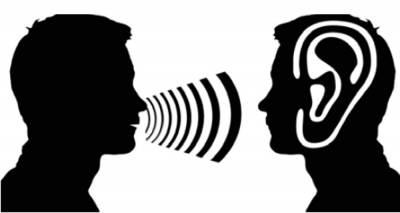
Active listening is the process of listening attentively to a speaker. It involves the listener’s participation in the form of questions and paraphrases, with total focus on what the speaker has to say. Tell-Tale signs of active listening are appropriate body language, facial expression, good eye contact and statements that reflect understanding.
Becoming an active listener involves demonstrating that you are listening. In a classroom for instance, you will find some active listeners who engage with the teacher by seeking clarifications: few who are partly listening: some who appear to listen but are in fact thinking of entirely different things: and others who have completely shut off and are probably dozing off! Similarly, children are often put off by teachers and elders who do not actively listen to what they have to say. Poor listeners are a huge turn off to any speaker. On the other hand, demonstration of attentiveness can help develop good relationships between individuals, appreciation of another point of view and knowledge building.
The most common tell-tale signs of active listening are appropriate body language, facial expression, good eye contact and statements that reflect understanding.
With constant practice, it is easy to make ‘active listening’ a habit. Here are some tips:
- Practise within the family and with friends on a daily basis.
- Look directly at the person talking and suspend all other things in the mind.
- Listen carefully to the speaker’s words and try to develop a feel for the subject of the talk.
- Be sincere in your attention and respond with affirmative statements.
- Stop the urge to talk and state your personal views only after listening to what the other person has to say.
Picture Credit : Google

